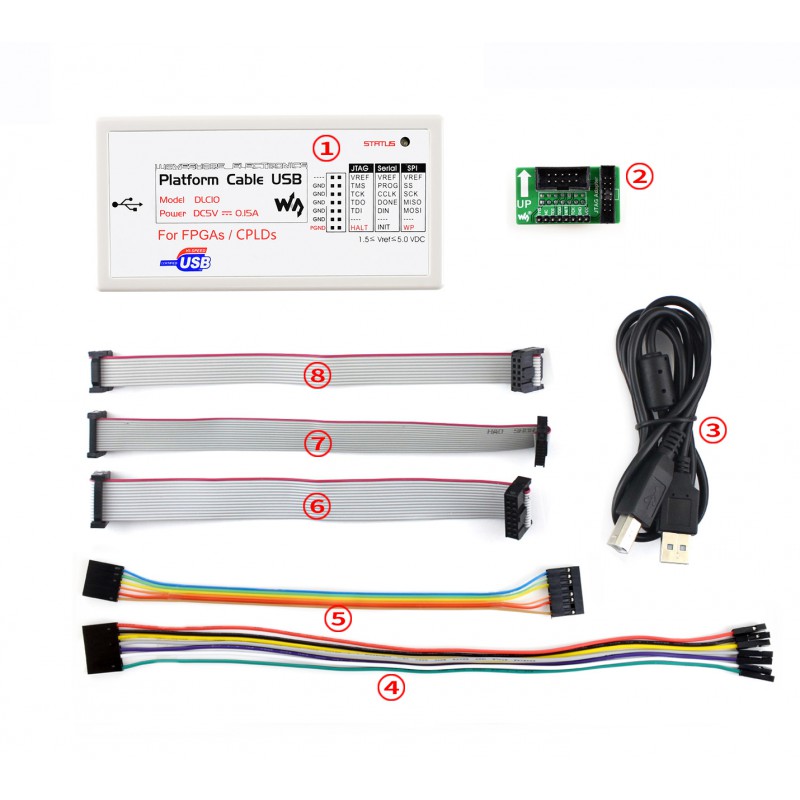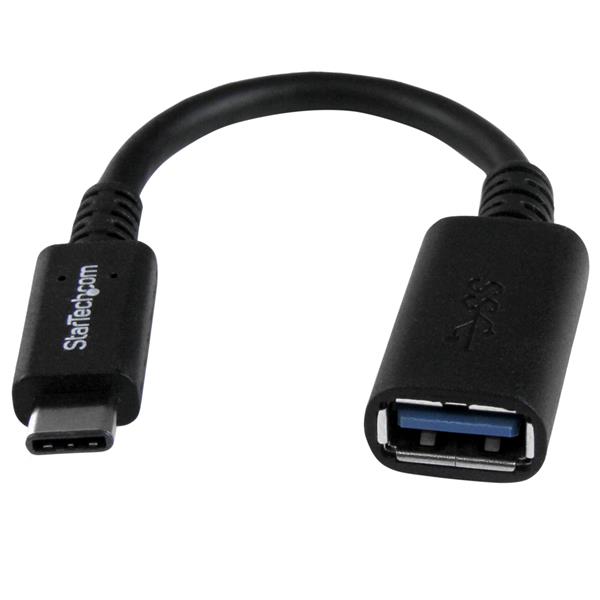Usb Jtag Cable Drivers

Solution
The Xilinx ISE Design Suite installer will attempt to install your cable drivers. Across varying platforms and user configurations there can be problems or failures with the install.
Initially the XUP USB JTAG cable would show up in the device manager under 'Programming cables' as a 'Xilinx Embedded Platform USB Firmware Loader' and would not be found by the Vivado Hardware Manager. I had to right click on “Xilinx Embedded Platform USB Firmware Loader” in the device manager and click “Uinstall”.
This Xilinx Answer gives an overview of how a user can manually install the drivers without re-running the full installation.
Note: For similar Vivado related install/uninstall procedures see Vivado Design Suite User Guide (UG973).
ISE:

Plug the USB-Blaster download cable into your PC. The Found New Hardware dialog box appears. Select Locate and install driver software (recommended). Select Don't search online. When you are prompted to Insert the disc that came with your USB-Blaster, select I don’t have the disc. Show me other options. Select Browse my computer for driver software (advanced) when you see the Windows couldn’t find driver software for your device dialog box. 14-way cable 7614-6002 (product of 3M Co., Ltd.) and 2514-6002 (product of 3M Limited) PC Interface: USB 2.0, full speed and high speed: Target board connection: Via attached user I/F cable (Connection signals vary by the target MCU type.) Power supply: Up to 200mA (3.3V or 5V) Power voltage: 1.8V to 5.5V (depending on the target MCU. See if any FPGA can be found on your JTAG chain. For now on I belive that you can walk by yourself, and begin to program your device. Xilinx XUP USB JTAG cable. These drivers and method of using them is verified with ISE 14.5 on Gentoo 64bit. Drivers provided with ISE installation don't work with Linux system. Is powered directly over the USB cable. The second connector is the standard 10-pin JTAG interface used by all MAXQ microcontroller EV kits, allowing the adapter to be connected to another MAXQ microcontroller using a 2x5-pin header and 10-pin ribbon cable. The driver software can be downloaded at.
On Windows
- Disconnect the Xilinx USB cable. Alternatively, you can disabled the USB cable in the device manager first then re-enable them in step 5; in this case, you will not even need to reboot.
- Navigate to <Xilinx install>bin [nt|nt64] or <Xilinx install>[nt|nt64] in an installed area.
- Run wdreg -inf windrvr6.inf install
- Run wdreg -inf xusbdrvr.inf install
- Connect the Xilinx USB cable.
Note: You might need to run the Command Prompt in Administrator mode
On Linux
The first one is with limited sudo access (new method) and the second is with sudo -s access.
Limited sudo Access
You can check which commands can be run by running '/tools/xint/bin/sudo -l'.
To install cable drivers:
- Go to<Xilinx install>/bin/[lin|lin64] or <Xilinx install>/bin/[lin|lin64] in an installed area.
- Copy the install_script directory to /tmp.
- Run '/tools/xint/bin/sudo /tmp/install_script/install_drivers/install_drivers'
- Run '/tools/xint/bin/sudo chmod 666 /dev/windrvr6'
Full sudo -s access
- Run sudo -s
- Go to<Xilinx install>/bin/[lin|lin64] or common/bin/[lin|lin64] in an installed area.
- Copy the install_script directory to /opt.
- Run './install_drivers' in /opt/install_script/install_drivers.
- Add windrvr6 read/write access by running 'chmod 666 /dev/windrvr6'.
Additional steps to make chmod permanent on reboot (Red Hat 4)
- Open this file with your favorite text editor (requires sudo access): /etc/udev/permissions.d/50-udev.permissions
- Add the line to the end of the file:
windrvr6:root:root:0666
Download mediachance multimedia builder v4 9 8. Additional steps to make chmod permanent on reboot (Red Hat 5+)

- Open this file with your favorite text editor (requires sudo access): /etc/rc.local (or /etc/rc.d/rc.local)
- Add the line to the end of the file:
chmod 666 /dev/xpc4* chmod 666 /dev/windrvr6
Installing fxload when driver complains about it missing (Red Hat 5)

- Download the correct rpm here, one is for 32-bit and one is for 64-bit: http://packages.atrpms.net/dist/el5/fxload/
- Install the rpm using root access by calling:

rpm -i <filename>.rpm
Installing libusb
Some builds of Linux are missing libusb, which is used for the Xilinx USB cables.
If the libusb is not available, it defaults to using the Jungo drivers, which might have issues with multiple cables.
Uninstalling Cable Drivers
On Windows
- Navigate to <Xilinx install>bin [nt|nt64] in an installed area.
- Open cmd console.
- Run 'wdreg -inf %cd%windrvr6.inf uninstall'
- Run 'wdreg -inf %cd%xusbdrvr.inf uninstall'
- Run 'net stop XilinxPC4Driver'
- Delete '%WINDIR%system32driverswindrvr6.sys'
- Delete '%WINDIR%system32driversxusb*.sys'
- Delete '%WINDIR%system32driversxpc4drvr.sys'
On Linux
- Disconnect the USB cable. Close applications that use the cable.
- Open a cmd console.
- Navigate to <Xilinx install>/bin/[lin|lin64] or common/bin/[lin|lin64]/install_script/install_drivers in an installed area.
- Run ./install_drivers clean
- Follow the additional instruction printed in the log.
Debugging Cable Drivers
General
Check the install log in the Xinfo report.
On Windows
For Windows 7 installation failures see:
Usb Jtag Cable Drivers Downloads
On Linux
Usb Jtag Cable Drivers Free
- Try the command: /sbin/lsusb
- Read the log: /var/log/messages
- Check the Xinfo for Exit code -
- Returns 0 if fxload is not found.
- Returns 1 if driver directory is not accessible.
- Returns 2 if user does not have root privileges.
- On some Linux distributions, installation fails to create the firmware in the correct location (/usr/share/x.hex) as well as the udev rule (/etc/udev/rules.d/xusbdfwu.rules).
Copy these files into the correct locations from a good install. The xusbdfwu.rules file uses a shell variable, $TEMPNODE. This name may not work on all distributions.
All references to $TEMPNODE should be replaced with the lowercase version, $tempnode. Then restart udev and the cable should be recognized.